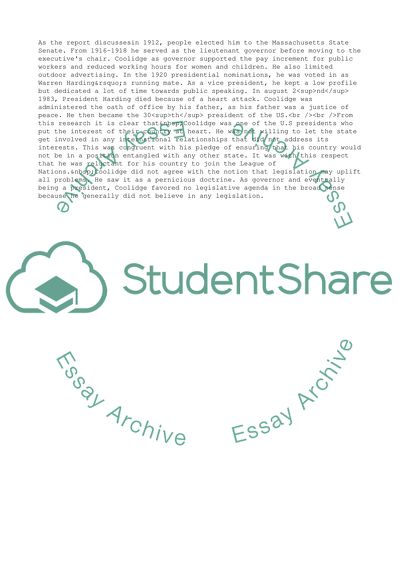Cite this document
(“The Calvin Coolidge Administration Research Paper”, n.d.)
The Calvin Coolidge Administration Research Paper. Retrieved from https://studentshare.org/business/1652520-the-calvin-coolidge-administration
The Calvin Coolidge Administration Research Paper. Retrieved from https://studentshare.org/business/1652520-the-calvin-coolidge-administration
(The Calvin Coolidge Administration Research Paper)
The Calvin Coolidge Administration Research Paper. https://studentshare.org/business/1652520-the-calvin-coolidge-administration.
The Calvin Coolidge Administration Research Paper. https://studentshare.org/business/1652520-the-calvin-coolidge-administration.
“The Calvin Coolidge Administration Research Paper”, n.d. https://studentshare.org/business/1652520-the-calvin-coolidge-administration.


